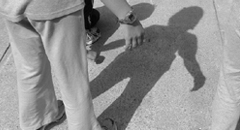
|
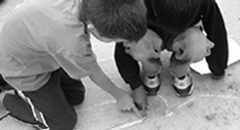
|
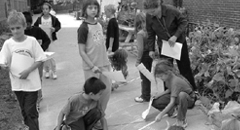
|
What are some ideas to keep in mind as we begin to move from the idea of documentation towards the use of it to support learning in groups? From capturing and interpreting jotted notes of student conversations to creating highly polished visual essays, documenting involves much more than making products. It involves identifying and making sense of the learning experience, and then using new insights to guide future teaching and learning. Here we provide a sense of how the features of documentation relate to this day-to-day practice.
- Documentation involves a specific question that guides the process, often with an epistemological focus (focus on questions of learning).
- Articulating a question--usually with a focus on how children build knowledge--can guide how and what to document and keep it connected to student learning.
- Formulating a question helps to focus and limit data collection and sharpens the analysis.
- Identifying hypotheses (forecasts), as well as questions, can be very helpful in advancing teachers' thinking and structuring observations around a particular question.
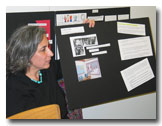
- Documentation involves collectively analyzing, interpreting, and evaluating individual and group observations; it is strengthened by multiple perspectives.
- Documentation does not stop with the photograph or tape recording or written notes. The next and critical step is analyzing and interpreting this documentation.
- Collaborating with a partner or partners reduces the subjectivity of a single person's analysis and interpretation.
- Collective analysis deepens the individual's and the group's understanding of a learning experience.
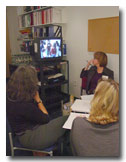
- Documentation makes use of multiple languages (different ways of representing and expressing thinking in various media and symbol systems).
- Using multiple forms of documentation (e.g, words and pictures) deepens the understanding of a learning experience.
- Photographs are especially effective for capturing emotional or social dimensions.
- Student reflections and adult analysis of key moments of learning add new layers of meaning.

- Documentation makes learning visible; it is not private. Documentation becomes public when it is shared with learners, whether children, parents, or teachers.
- Publicly sharing documentation allows children and adults to reflect on, evaluate, and build on their previous work and ideas.
- Sharing documentation with learners can take many forms: a photocopied sheet of paper, words repeated back to students, work brought back to a small group or put up on a wall, a carefully arranged panel, or a formal presentation.
- Protocols can be useful for structuring conversations about documentation that promote deeper understanding.
- Documentation is an act of communication; it makes public a conversation about what we value.
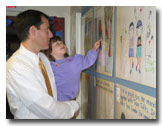
- Documentation is not only retrospective, it is also prospective. It shapes the design of future contexts for learning.
- Analyzing and interpreting documentation leads teachers to compare what they thought they would observe or would happen to what really went on; it informs decisions about where to go next.
- Documentation helps teachers stay close to students' learning and interests as they think about next steps in the learning process.
- Reviewing documentation influences curriculum in terms of the amount of time a group spends on a topic and the level of student involvement in shaping an activity or unit.
Other Aspects of Documentation
Photographs by (from top to bottom): Terri Turner, MLV Research Assistant; Melissa Rivard, MLV Documentation Specialist; Danikka Giarratani, MLV Seminar Member; Melissa Rivard, MLV Documentation Specialist
[Home] [Site Map]